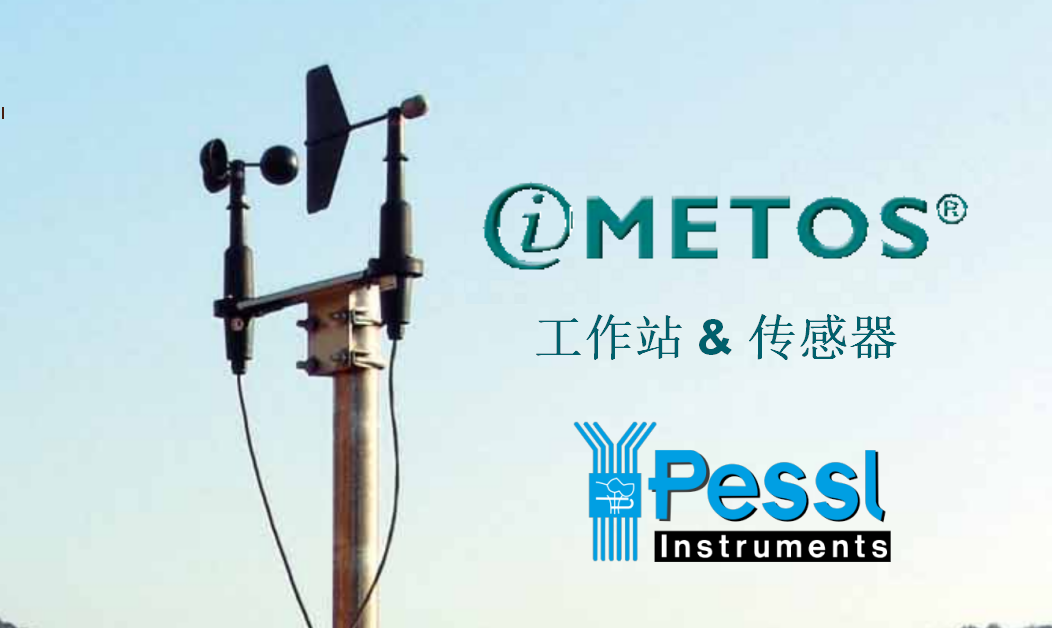品质至上,客户至上,您的满意就是我们的目标
技术文章
当前位置: 首页 > 技术文章
Pessl植物生理生态系统:预测模型 iMETOS 在草莓灰霉病管理中的应用
发表时间:2022-09-06 14:57:58点击:749
来源:北京博普特科技有限公司
分享:
Pessl植物生理生态监测系统的全套监测系统和在线平台FieldClimate适用于所有气候区,可用于各种行业和各种用途——从农业到研究、水文、气象、洪水警报等。iMetos植物生理生态监测系统已经成为一个全球品牌,使用持续时间更长,性能更好,是通用的天气监测设备,具有早期识别和警报功能(有SMS手机提醒功能);可以用来计划、控制和管理复杂的独立气象过程。该监测系统专为不同气候区域的多种任务而设计。其可以安装多达600个传感器,如土壤和空气湿度、温度、降雨、风速、风向、叶片 湿度、总体辐射等传感器。
Pessl植物生理生态监测系统的数据采集工作站可以将这些数据无线传输到安全的互联网数据库上。该数据库是优秀的数据存储和处理平台。用户获得登录密码后,可以从世界任何地方的互联网终端登录并获得这些数据、报告和图表。测量的信息来源于传感器所在的位置。使用者可以从网站上一个区域可输入或修改阈值和电话号码。操作无需专门软件。
Pessl植物生理生态监测系统仅需要有效的GPRS协议用于数据传输,在站点所在处也需要网络的充分覆盖。该系统是一组多功能、模块化配置的系统,运行完全免维护。该工作站采用太阳能充电电池。工作站可以连接多种传感器。即插即用模式便于工作站扩展传感器数目。

传统上,草莓(Fragaria × ananassa Duch.)病害的管理基于化学防治;然而,由于农药的高成本及其对环境的不利影响,确定正确的施用时间至关重要。疾病预测模型计算疾病发展的最佳条件,因此基于模型的杀菌剂应用更加精确。本研究旨在评估如何使用灰霉病(Botrytis cinerea Pers.: Fr.)风险预测模型iMETOS ® 更精确地施用杀菌剂,以减少施用次数,提高产量并确保草莓的安全和质量。2008-2014 年间,在立陶宛农林研究中心园艺研究所对草莓品种“Elkat”进行了田间试验。实验性治疗是:1) 未经治疗,2) 常规疾病管理系统和 3) 使用预测模型 iMETOS®。试验数据表明,草莓灰霉病传播的最有利条件发生在5月3-4周和6月1周。根据预测模型 iMETOS ® 确定的施用时间,与对照处理相比,2008-2014 年的产量分别增加了 0.9、9.5、1.0、2.8、4.3 和 3.2 t ha-1。2008-2014年常规病害管理处理较对照处理增产3.2、7.0、3.5、2.8、2.7和2.7 t ha-1。与常规病害管理处理相比,2009 年iMETOS ® 处理的增产分别为2.5t ha-1、2013-1.6 t ha-1 和 2014-0.5 t ha-1。2011年没有增产;两种处理的产量相似。在iMETOS ®处理中,腐烂果实的数量比对照处理低 0.7、2.3、0.7、0.1、0.2 和 0.6 t ha-1。根据预测模型 iMETOS ® 的建议施用杀菌剂可以降低植物保护成本,尤其是在疾病传播条件不利的情况下。

The use of forecasting model iMETOS ® for strawberry grey mould management
Traditionally, management of strawberry (Fragaria × ananassa Duch.) diseases is based on chemical control; however, because of the high cost of pesticides and their adverse environmental effects, it is essential to determine the correct application timing. Disease forecasting models calculate optimal conditions for disease development, therefore model-based applications of fungicides are more precise. This study aimed to evaluate how to apply fungicides more precisely by using grey mould (Botrytis cinerea Pers.: Fr.) risk forecasting model iMETOS ® in order to reduce the number of applications, to obtain yield increase and ensure the safety and quality of strawberries. Field experiments were carried out at Institute of Horticulture, Lithuanian Research Centre for Agriculture and Forestry during 2008-2014 on a strawberry cultivar 'Elkat'. The experimental treatments were: 1) untreated, 2) conventional disease management system and 3) using forecasting model iMETOS ®. The experimental data indicated that the most favourable conditions for the spread of strawberry grey mould occurred in the 3 rd-4 th week of May and in the 1 st week of June. The application time as determined by the forecasting model iMETOS ® , gave yield increases in 2008-2014 of 0.9, 9.5, 1.0, 2.8, 4.3 and 3.2 t ha-1 , respectively, compared to the control treatment. In 2008-2014, the yield increase in the conventional disease management treatment was 3.2, 7.0, 3.5, 2.8, 2.7 and 2.7 t ha-1 higher compared to the control treatment. In 2009, the yield increases in the iMETOS ® treatment were 2.5 t ha-1 , in 2013-1.6 t ha-1 and in 2014-0.5 t ha-1 compared with the conventional disease management treatment. In 2011, there was no yield increase; the yield was similar in both treatments. In the iMETOS ® treatments, the amount of rotten fruit was 0.7, 2.3, 0.7, 0.1, 0.2 and 0.6 t ha-1 lower than in the control treatment. Fungicide application according to the recommendations of the forecasting model iMETOS ® allows reduction of plant protection costs, especially when the conditions for the spread of diseases are not favourable.
相关阅读
Pessl植物生理生态系统:不同生长习性大豆品种产量与基因型x环境互作
Pessl植物生理生态系统:早疫病预报系统对检测西班牙西北部马铃薯作物首发症状的适用性